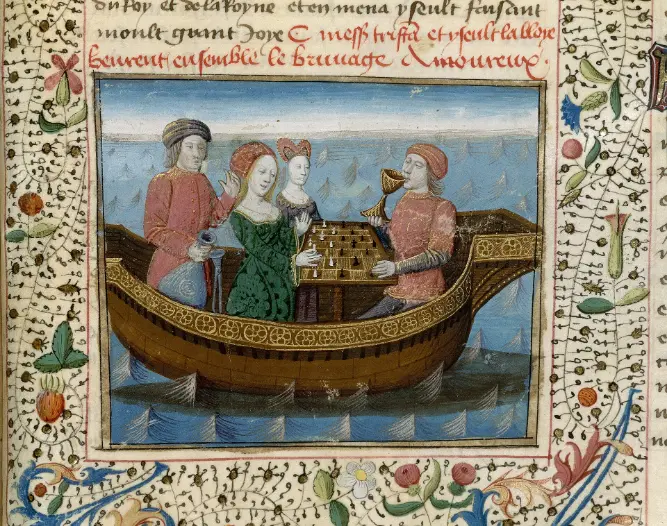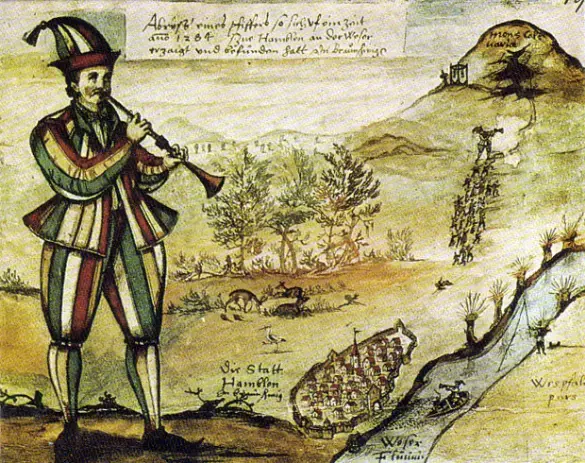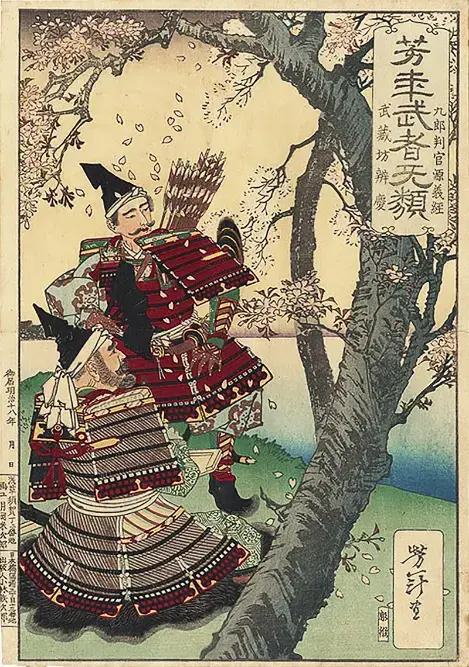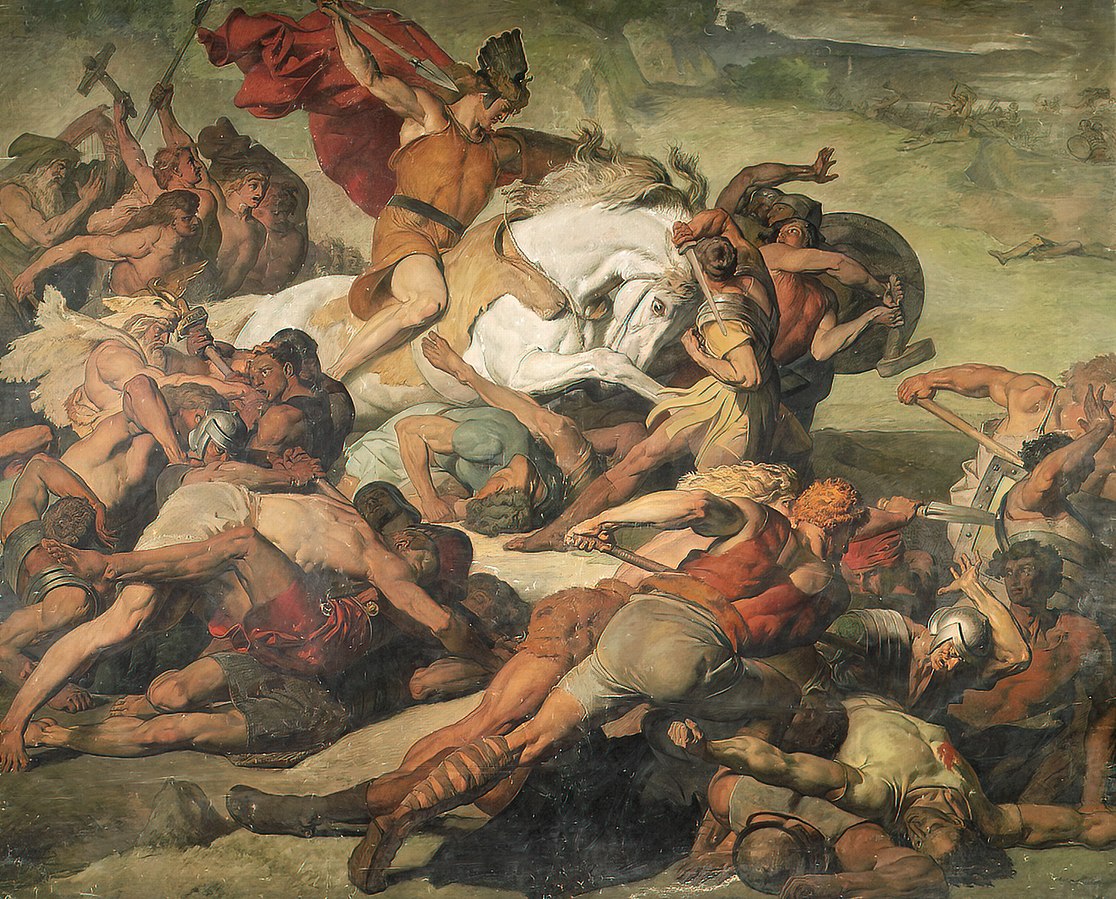Tristan and Iseult

Tristan and Iseult, also known as Tristan and Isolde among other variations, is a medieval chivalric romance that has circulated in numerous versions since the 12th century. While its origins remain disputed, it is typically considered primarily Celtic. This tragic tale centers on the forbidden love between Cornish knight Tristan and Irish princess Iseult during King Arthur's era. The narrative follows Tristan's mission to bring Iseult from Ireland to marry his uncle, King Mark of Cornwall. During their journey, they accidentally consume a love potion, igniting an illicit passion between them.
The legend has profoundly influenced Western culture, appearing in many European texts in various languages throughout the Middle Ages. The earliest known versions take two main forms: the "courtly" branch associated with Thomas of Britain's 12th-century poem, and the "common" branch linked to Béroul's work, believed to be derived from an earlier lost tale. In the 13th century, a new version emerged with the expanded Prose Tristan, which more thoroughly integrated Tristan's story into Arthurian legend, making him a Knight of the Round Table. Following renewed interest in medieval themes during the 19th century's Romantic nationalist movement, the tale has maintained its popularity into the modern era, with Wagner's opera adaptation being a notable example.


